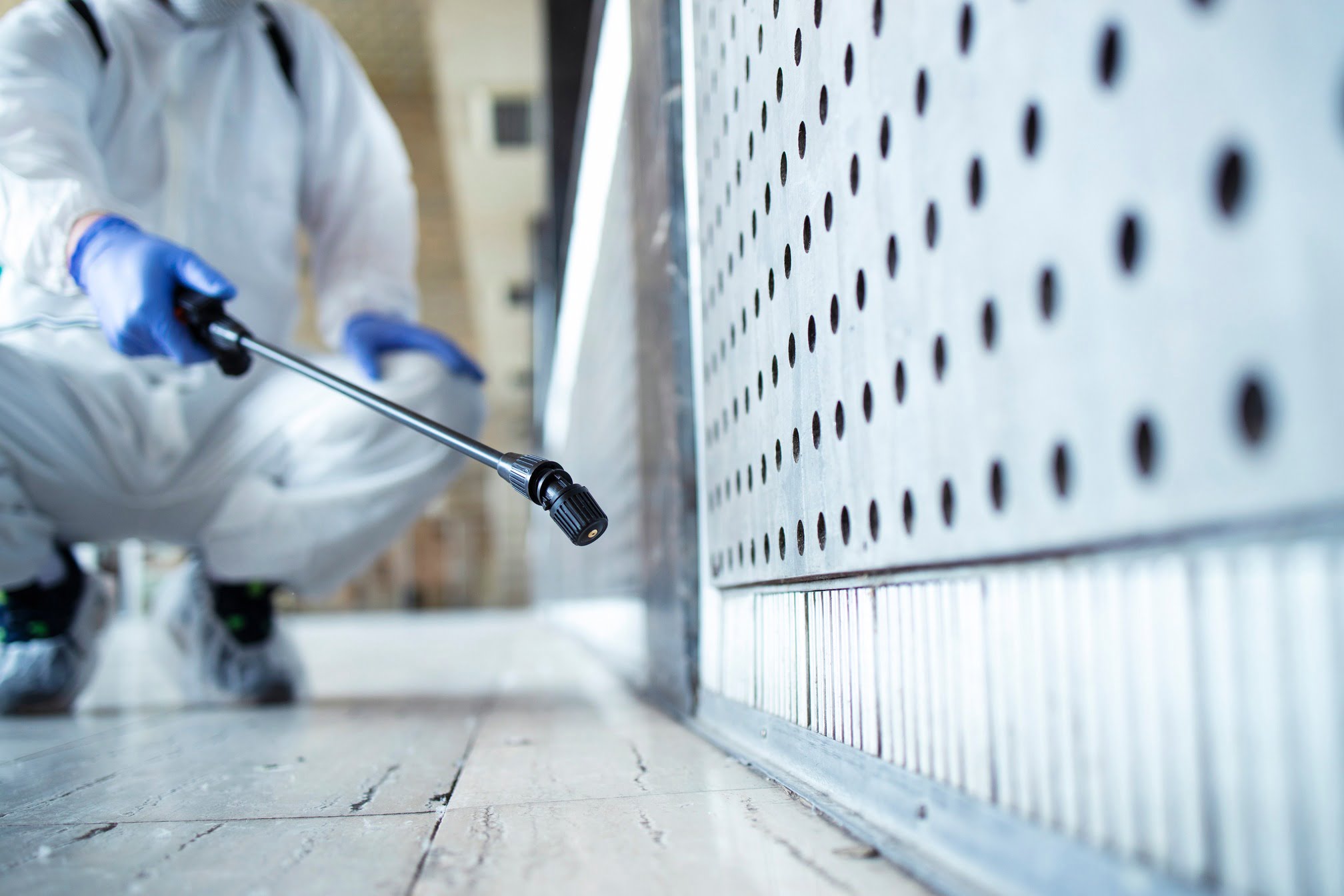Spray foam insulation has gained popularity for its efficiency in creating an airtight seal and reducing energy costs. However, one of the frequently asked questions about this insulation type is its resistance to pests. Does spray foam insulation truly repel insects and rodents? Let’s delve into this topic and understand the dynamics between spray foam insulation and pests.
Table of Contents:
- Understanding Pest Resistance in Insulation
- Factors Affecting Pest Resistance
- How Effective is Spray Foam Insulation against Pests
- Conclusion
Understanding Pest Resistance in Insulation
Pests like insects and rodents love the warmth and shelter offered by traditional insulation materials like fiberglass or cellulose. Unfortunately, for pests, these materials are providing plenty of openings to crawl through and build nests. This can lead to damage to your home, health concerns, and unwanted houseguests.
But there is good news. Spray foam insulation offers the dense, closed-cell structure acting like a fortress against pests, making it much harder for them to break in and get comfortable. Some types of spray foam even have special ingredients that discourage pests even further. Plus, when applied professionally, spray foam creates a seamless seal, blocking off any potential entry points.
Factors Affecting Pest Resistance
The effectiveness of spray foam insulation in resisting pests can vary depending on several factors. Here, we outline key considerations impacting pest resistance:
- Chemical Composition: The composition of spray foam insulation plays a significant role in its resistance to pests. Some types of spray foam have special pest-fighting ingredients mixed in, like an extra layer of defense against unwanted critters. These chemicals make the insulation less appealing and even harmful to pests, keeping them out for good.
- Application Techniques: Professional application of spray foam insulation is crucial for its effectiveness against pests. Proper installation ensures a uniform and seamless layer, reducing potential entry points for pests. Conversely, improper application can leave gaps or inconsistencies, compromising the insulation’s ability to deter pests effectively.
- Structural Integrity: The dense and closed-cell structure of spray foam insulation presents a formidable barrier, making it challenging for pests to penetrate and limiting their ability to find nesting spaces.
- Environmental Factors: Extreme temperatures, moisture levels, and exposure to certain elements can impact the durability and pest-resistant properties of the insulation over time.
- Quality of Materials: Utilizing higher quality materials, in combination with proper formulation and application, contributes to enhanced resistance against pests.
- Regular Maintenance: Routine inspections and maintenance play a crucial role in preserving the insulation’s pest resistance. Addressing any damages, gaps, or wear and tear promptly helps maintain its effectiveness against potential pest infiltrations.
How Effective is Spray Foam Insulation against Pests
Discover the key factors influencing the efficacy of spray foam insulation against pests:
Type of Foam
Not all spray foams are created equal when it comes to pest control. Open-cell foam, while excellent for thermal insulation, offers less resistance to determined critters like rodents. However, some open-cell formulations incorporate pest-deterring chemicals like boric acid for extra protection.
Closed-cell foam, on the other hand, is the champion of pest-proofing. Its dense, airtight structure leaves little to no room for nesting and provides a formidable barrier against most insects and rodents, making it a popular choice for pest-sensitive areas.
Professional Installation
Professional installation is crucial for maximizing spray foam’s pest-deterring potential. Experienced technicians ensure complete coverage, eliminating gaps and voids that act as pest entry points. They also prioritize proper adhesion between the foam and surrounding surfaces, preventing separations that persistent pests could exploit. Additionally, they strategically apply the foam around common pest entry points like pipes, vents, and electrical lines, sealing off potential vulnerabilities.
Maintenance and Monitoring
Even the best installation needs regular attention. Regularly inspecting your spray foam for cracks, tears, or damage helps identify and address potential weak points before pests take advantage. Addressing vulnerabilities promptly, such as repairing tears or sealing gaps, is key to maintaining the integrity of your pest-proof shield. Additionally, staying vigilant for signs of pest activity, such as droppings marks, allows you to take swift action and prevent infestations from taking hold.
Pest Type and Persistence
Different pests pose different challenges. Insects, for example, struggle against the dense maze of closed-cell foam, while rodents might require additional measures due to their gnawing prowess. Understanding your local critter menaces allows you to tailor your defenses accordingly.
Layered Protection
Combining spray foam with other pest control methods can significantly enhance your home’s overall defense. Regularly treating the exterior of your house with professional pest control services helps prevent pests from reaching the spray foam barrier in the first place.
Additionally, sealing any potential entry points around doors, windows, and other vulnerable areas further strengthens your defenses and makes your home a less attractive target for unwanted critters.
Conclusion
So, is spray foam insulation pest resistant? Yes, its dense, closed-cell structure and seamless application create a formidable barrier, making it significantly more resistant to pest infiltration compared to traditional insulation materials. While factors like pest type and installation quality play a role in its effectiveness, the pest-deterring properties of spray foam are undeniable.
If you’re considering spray foam insulation and have questions about its pest-resistant properties, the professional team from Ener-Spray can guide you through the process, ensuring you choose the right type of foam and installation for your specific needs.
